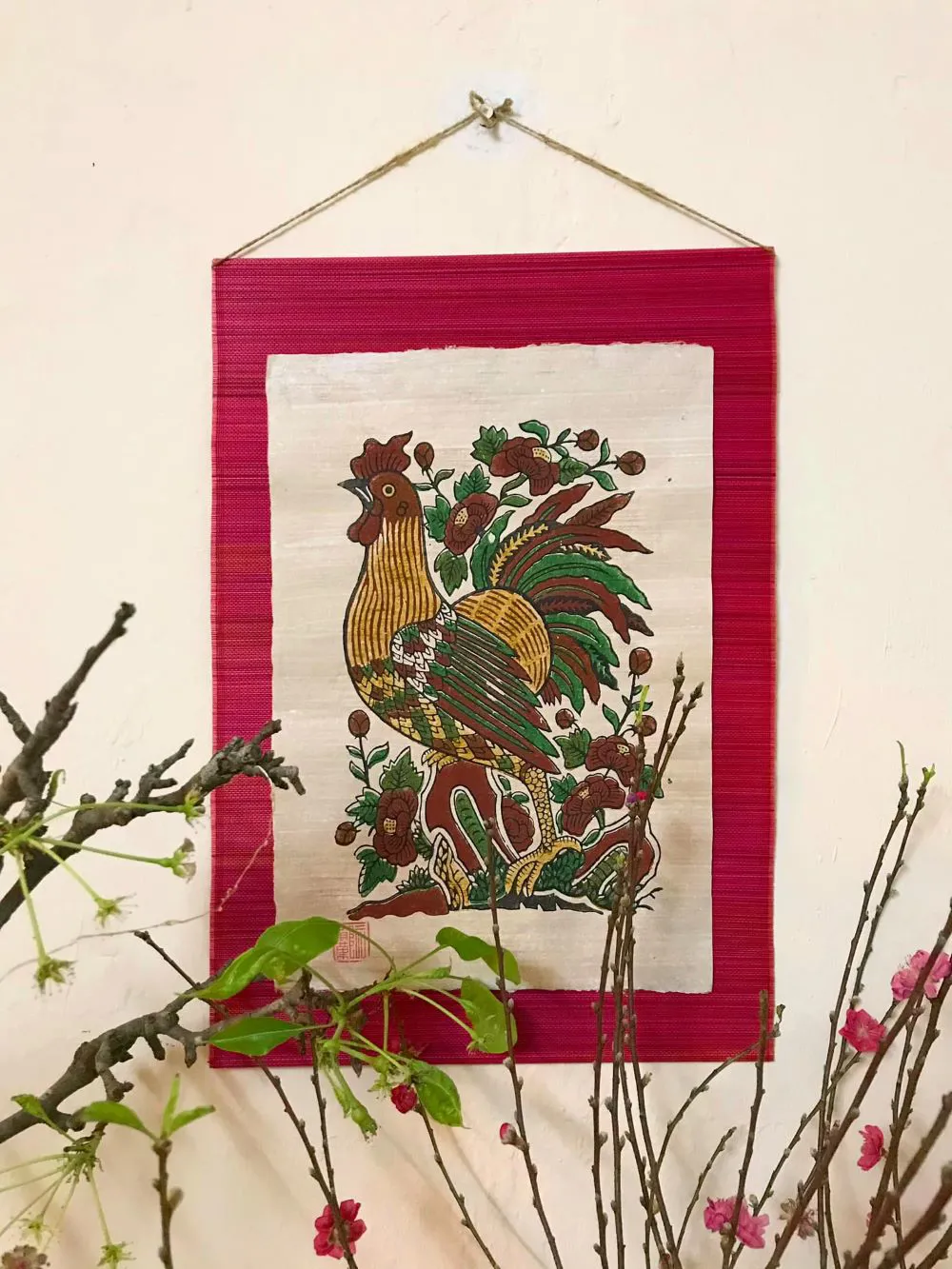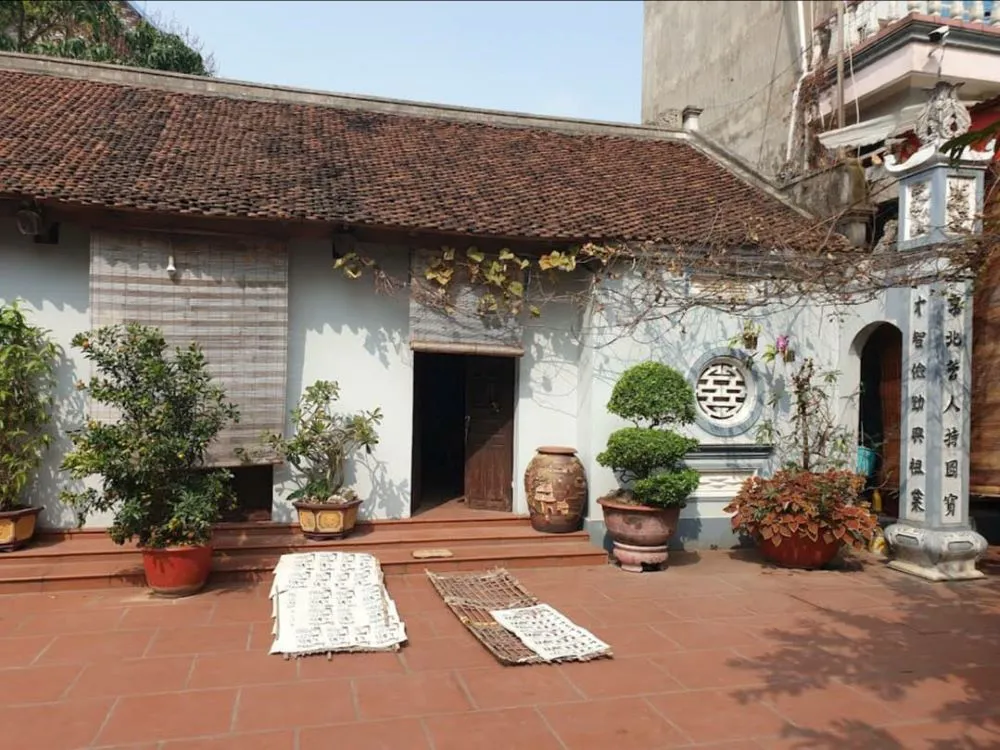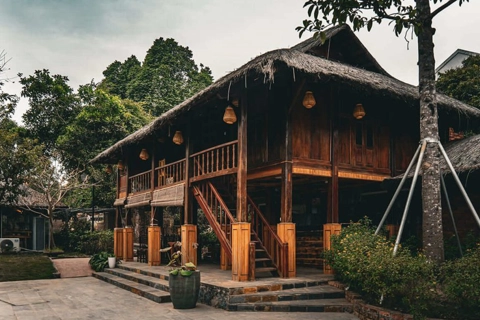Red River Delta amongst “52 Places for a Changed World”
The “cradle of wet rice civilization” was voted by The New York Times as one of the most interesting tourist destinations in the world in 2022.
The renowned US-based newspaper has just listed the Red River Delta of Vietnam among the highlights around the globe where one should travel to in 2022.
Red River Delta ranks 14th among the extensive list of this year “52 Places for a Changed World” by The New York Times.
| The Quan ho singing performance at Lim Festival in Bac Ninh Province. Photo: Chu Minh Khoi |
According to Charly Wilder, the writter of the newspaper, once travel begins to normalize, tourists will undoubtedly flock to Vietnam’s world-famous beaches and dynamic megacities.
“But head north to the traditional villages of the Red River Delta, travelers can immerse themselves in centuries-old cultural practices and a way of life that is at risk of disappearing,” she wrote.
The Red River Delta: from an amazing founding history...
Located in a spacious area of 22.000 square kilometers, the Red River Delta was created by recent alluvium deposited by the two main rivers, namely the Red River and its distributaries, and the Thai Binh River some 200 million years ago.
The entire delta is located on an ancient crystalline rock layer with many large depressions, forming fertile wet rice fields in Hung Yen, Ha Nam, and Thai Binh provinces.
Though the Red River Delta makes up only 5% of Vietnam’s land, 30% of the country's population live there, making it the most densely populated part of the country with most people working in rice cultivation.
| An eyecatching Dong Ho folk painting is suitable for Tet holiday decoration. Photo: Huong Nguyen |
...To the cradle of wet rice civilization
Thank to owning a rich fertile land, the Red River Delta is the second-largest rice-growing place after the Mekong River Delta in the south of the nation.
The place is also considered as the cradle of the national culture from which various forms of folk arts originated, including Quan ho, Xam and Cheo singing as well as the famous water puppetry performances.
The New York Times’ writer showcased her acknowledgment about the rich cultural area of the nation as she wrote that “since ancient times, villagers along the Cau River in northern Vietnam have sung Quan ho, a call-and-response folk music style performed by alternating all-female and all-male duets from neighboring villages that was recognized as a UNESCO Intangible Cultural Heritage practice in 2009”.
In a decade since, 49 ancient villages in Bac Ninh and Bac Giang provinces have taken measures to safeguard the cultural heritage of Quan ho- which includes countless rituals celebrating culinary traditions - and to address rural-urban migration through cultural tourism.
In addition, the famous Dong Ho Folk Painting was also originated in one of the provinces of the Red River Delta- Bac Ninh Province. Dong Ho painting does not only bear historical and cultural values but also presents a genuine genre of art. The folk paintings illustrate craftsmen’s aspiration for wealth and luck through drawing animals, folk tales and daily farming life.
| The Dong Ho folk paintings are drying under the sun in the courtyard of a house in Thuan Thanh Commune, Bac Ninh Province. Photo: Huong Nguyen |
The New York Times also suggested travelers explore a variety of Buddhist temples, craft communes, ancient pagodas that were built at the place since the Ly Dynasty (1009 - 1225).
Other destinations on 2022 The New York Times’ list are Chioggia (Italia); Chimanimani National Park (Mozambique), Zihuatanejo (Mexico), among others.
The newspaper’s annual list of destinations to visit this year looks at spots where visitors can be part of the solution to problems like over-tourism and climate change.
This year, the second in a row, the newspaper faced the challenge of creating one of its signature pieces of journalism, the annual “52 Places” list, in a world turned upside down.
A year ago, with global travel at all but a standstill, The New York Times turned to readers to ask about the places that had sustained them in the darkest days of lockdown because of the Covid-19 pandemic in 2021.














